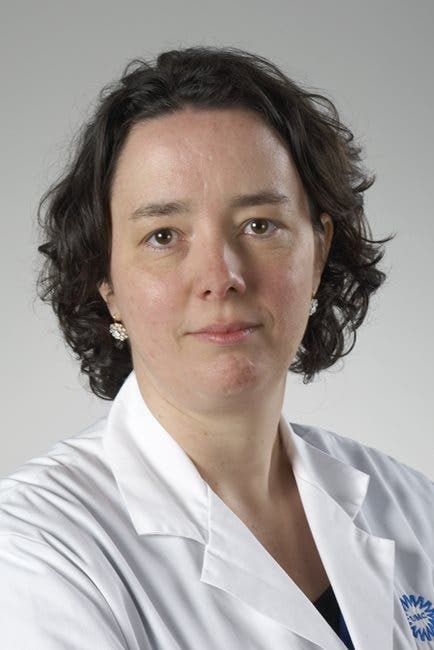Ynte M. Ruigrok
My name is Ynte Ruigrok and I work as a stroke neurologist and an associate professor at the department of Neurology and Neurosurgery. Both in my clinical work and my research I focus on intracranial aneurysms. Intracranial aneurysms are present in 3% of the population and usually go undetected until rupture occurs leading to an often fatal aneurysmal subarachnoid hemorrhage (ASAH). The overall aim of my research is to identify the patients who are at high risk of developing aneurysms and a subsequent ASAH. It is my ambition to increase insight in underlying disease processes, improve detection of aneurysms in high risk patients and optimize treatment. My research has a strong translational view in which I combine genetics, epidemiology and imaging of intracranial aneurysms.
For my research I have received several prestigious grants, including an ERC starting grant in 2019 for my research project PRYSM: Early recognition of intracranial aneurysms to PRevent aneurYSMal subarachnoid hemorrhage. This project concerns translational research in which I integrate genetic and environmental risk factors with imaging markers and combine these factors in an aneurysm prediction risk model. This will lead to precision medicine in early aneurysm detection to reduce the burden of ASAH.
To advance aneurysm genetic research I have initiated the intracranial aneurysm working group within the international stroke genetics consortium. This cohort enables me to identify substantially more genetic risk factors for aneurysms and thus make a major contribution to unravelling the genetic architecture of the disease. We have recently finished a genome-wide association study on intracranial aneurysms in over 10,000 cases and 300,000 controls of European and East Asian ancestry and discovered 11 new risk loci, bringing the total number of loci for the disease to 17. This is the largest genome-wide association study on intracranial aneurysms to date. We reveal a polygenic architecture and are able to explain more than half of the disease heritability. Moreover we show a high genetic correlation between unruptured and ruptured IA. (in press, Nature Genetics 2020). As next steps we are now -among others- planning to construct a risk prediction model for IA using genomic risk scores and clinical risk factors and to perform genotype-phenotype analyses using genomic risk scores.

Contact
Email: ij.m.ruigrok@umcutrecht.nl
Phone: 088-7573628
Keywords research
Intracranial aneurysms, subarachnoid hemorrhage, genetics, risk factors, imaging, prediction
Research topic
Identification of patients at high risk of intracranial aneurysms and subsequent aneurysmal subarachnoid hemorrhage
Type of research
Genetics
Epidemiology
Imaging studies
Collaborations / partnerships
- International stroke genetics consortium
- the patient platform ‘Hersenaneurysma’
- Image Sciences Institute, UMCU
- department of Radiology, UMCU
- Julius center for Health Sciences and Primary Care, UMCU
- Human neurogenetics unit, UMCU
